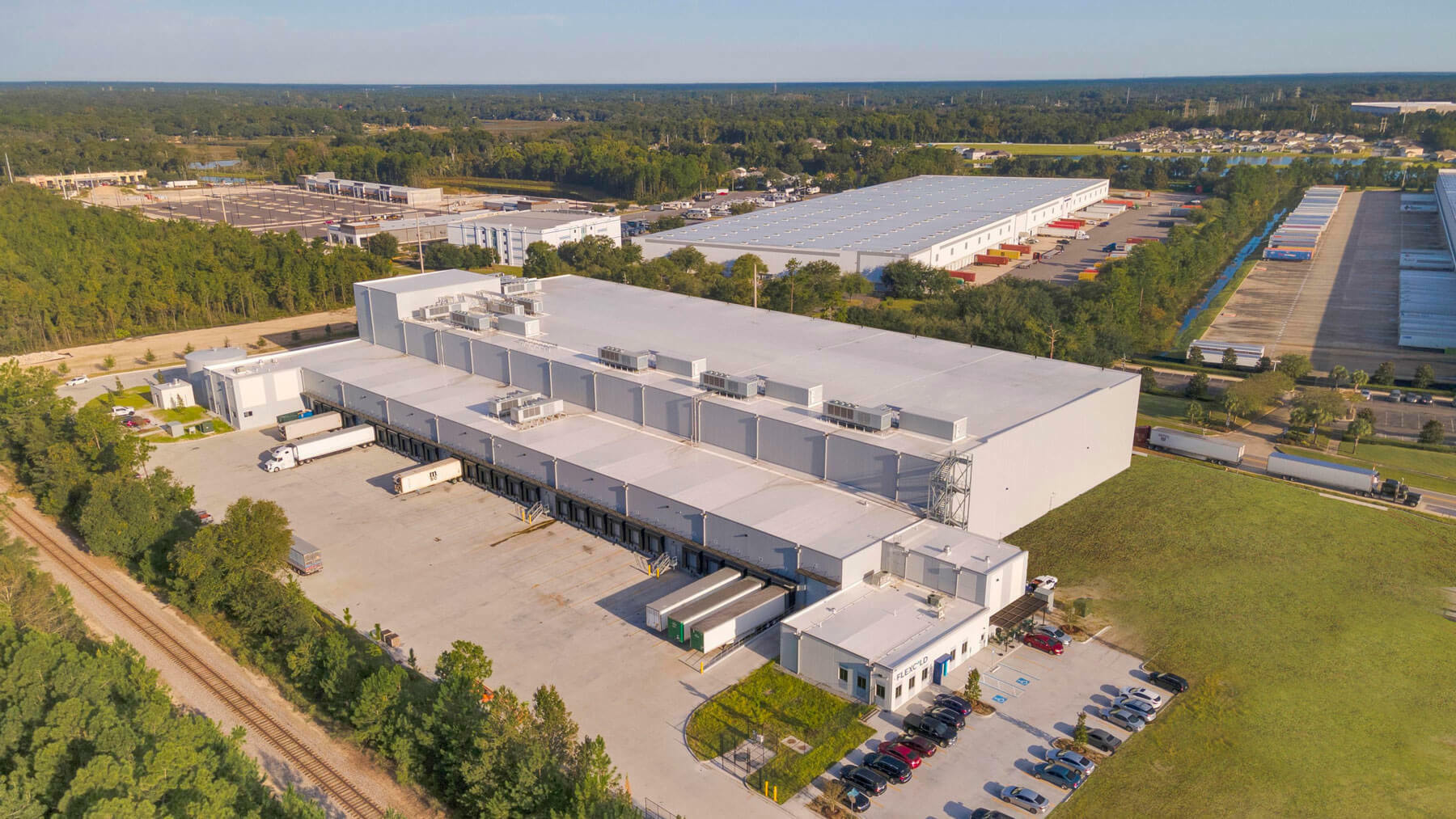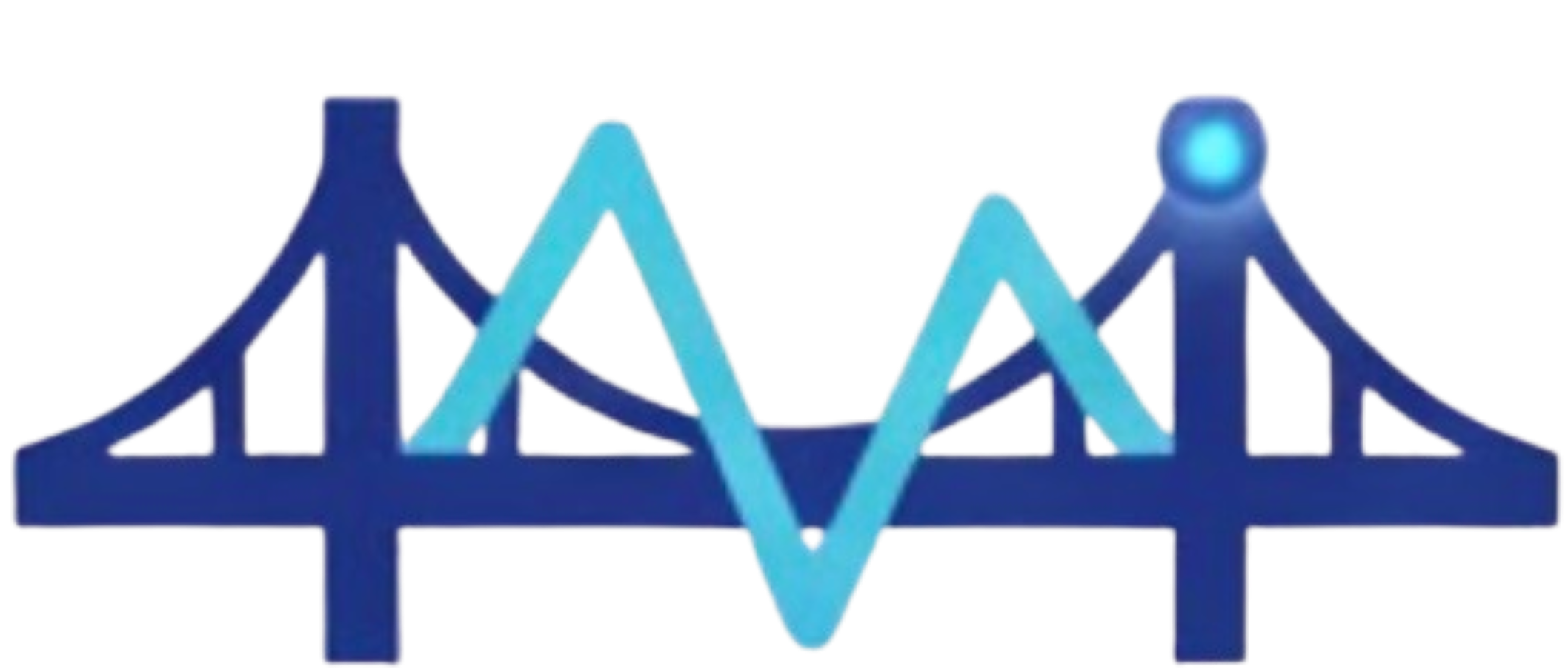
Cold Storage Facilities
Cold storage facility monitoring with temperature and vibration sensors nationwide.
- Displacement Monitoring
- Inclinometer and Tilt Monitoring
- Temperature and Thermal Gradient Monitoring
Request a sector consultation
Align your thresholds, instrumentation, and reporting with our PE-led team. We respond within one business day with tailored deployment options.
Cold storage facilities present unique structural monitoring challenges due to thermal contraction, frost heave, and the weight of frozen inventory creating concentrated loads on concrete floors and foundations. These facilities operate 24/7 with minimal downtime, making preventive structural assessment critical to maintaining refrigeration integrity and preventing costly product losses.
The extreme temperature differentials between refrigerated spaces and ambient conditions cause concrete to contract and expand cyclically, creating cracks and joint separations over time. Loading docks and drive-in doors experience heavy forklift traffic, while roof structures must support snow loads and HVAC equipment. Seismic activity in certain regions adds another dimension of risk to these critical supply chain assets.
Our monitoring solutions are designed for cold environments, with sensors that operate reliably at sub-zero temperatures and provide data that helps facility managers balance energy efficiency with structural safety. We integrate with existing building management systems to provide comprehensive oversight of both structural and operational parameters.
Popular Services in This Sector
Displacement Monitoring
Frost heave and thermal contraction cause foundation movement that can compromise refrigeration seals and door operations in cold storage facilities.
Inclinometer and Tilt Monitoring
Heavy frozen inventory creates uneven loading that can cause rack and floor tilting, requiring continuous monitoring to prevent structural failure.
Temperature and Thermal Gradient Monitoring
Temperature differentials across concrete walls and floors create thermal gradients that lead to cracking and structural degradation over time.
Vibration Monitoring Services
Forklift traffic and loading dock operations create vibration that can loosen joints and compromise the integrity of refrigerated spaces.
Crack Monitoring
Thermal cycling causes concrete cracking that can lead to moisture infiltration and increased refrigeration loads in cold storage facilities.
Long-Term Monitoring and Alerts
Cold storage facilities require year-round monitoring to track seasonal temperature effects and cumulative structural changes.
Frequently Asked Questions
How does structural monitoring help cold storage facilities nationwide
Cold storage facilities across the United States face similar challenges with thermal expansion and heavy loading. Our nationwide network ensures consistent monitoring expertise and rapid deployment capabilities for facilities in any location.
What are the biggest structural risks in cold storage operations
Thermal contraction cracking, frost heave foundation movement, rack system overloading, and vibration from material handling equipment are the primary structural concerns we monitor.
Can sensors operate in sub-zero temperatures
Yes, we use sensors specifically rated for cold environments down to -40°F, with battery systems designed for extended operation in refrigerated spaces and wireless communication to avoid wiring issues.
How do you prevent false alarms in cold storage facilities
We establish baseline measurements during normal operations and set intelligent thresholds that account for thermal expansion cycles, seasonal loading patterns, and equipment vibration signatures.
Example of Our Capabilities
Sector Type
Cold Storage Facilities
Situation
Cold storage warehouse operator needs to monitor concrete floor integrity under heavy pallet racking in a facility storing frozen food products
Our Approach
Install displacement sensors on floor slabs and rack supports, monitor tilt sensors on racking systems, and establish vibration baselines for forklift operations
Expected Outcome
Real-time structural monitoring dashboard with automated alerts and maintenance planning data
